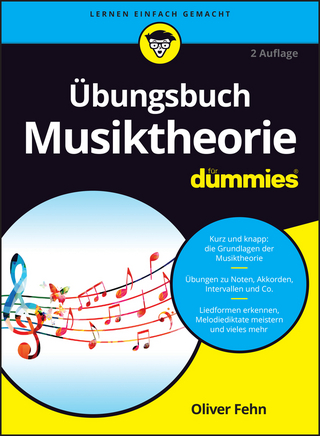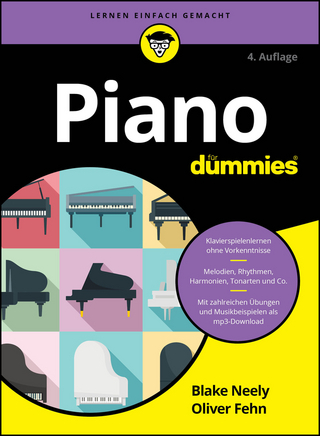
Charles Ives's Concord
Essays after a Sonata
Seiten
2021
University of Illinois Press (Verlag)
978-0-252-08630-4 (ISBN)
University of Illinois Press (Verlag)
978-0-252-08630-4 (ISBN)
- Titel z.Zt. nicht lieferbar
- Versandkostenfrei
- Auch auf Rechnung
- Artikel merken
In 1921, insurance executive Charles Ives sent out copies of a piano sonata to two hundred strangers. Laden with dissonant chords, complex rhythm, and a seemingly chaotic structure, the so-called Concord Sonata confounded the recipients, as did the accompanying book, Essays before a Sonata . Kyle Gann merges exhaustive research with his own experience as a composer to reveal the Concord Sonata and the essays in full. Diffracting the twinned works into their essential aspects, Gann lays out the historical context that produced Ives's masterpiece and illuminates the arguments Ives himself explored in the Essays . Gann also provides a movement-by-movement analysis of the work's harmonic structure and compositional technique; connects the sonata to Ives works that share parts of its material; and compares the 1921 version of the Concord with its 1947 revision to reveal important aspects of Ives's creative process. A tour de force of critical, theoretical, and historical thought, Charles Ives's Concord provides nothing less than the first comprehensive consideration of a work at the heart of twentieth century American music.
Kyle Gann is a composer and the Taylor Hawver and Frances Bortle Hawver Professor of Music at Bard College. He is the author of No Such Thing as Silence: John Cage's 4'33" and Robert Ashley.
| Erscheinungsdatum | 01.09.2021 |
|---|---|
| Reihe/Serie | Music in American Life |
| Zusatzinfo | 1 black & white photograph, 9 charts, 290 music examples |
| Verlagsort | Baltimore |
| Sprache | englisch |
| Maße | 156 x 235 mm |
| Gewicht | 708 g |
| Themenwelt | Kunst / Musik / Theater ► Musik |
| ISBN-10 | 0-252-08630-9 / 0252086309 |
| ISBN-13 | 978-0-252-08630-4 / 9780252086304 |
| Zustand | Neuware |
| Haben Sie eine Frage zum Produkt? |
Mehr entdecken
aus dem Bereich
aus dem Bereich


